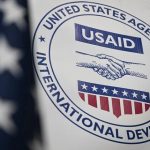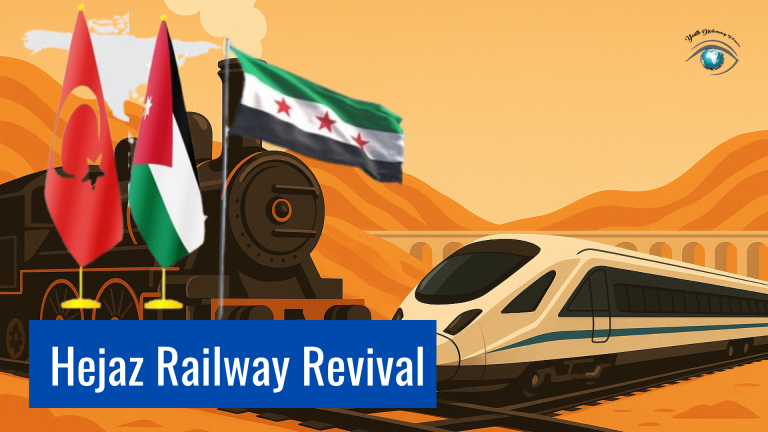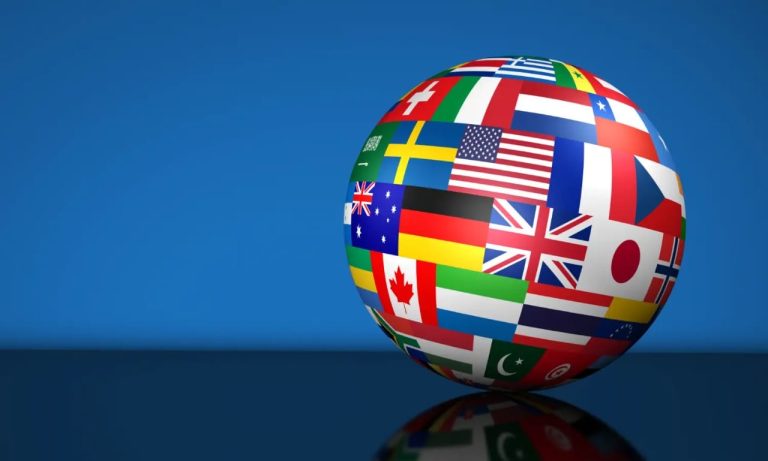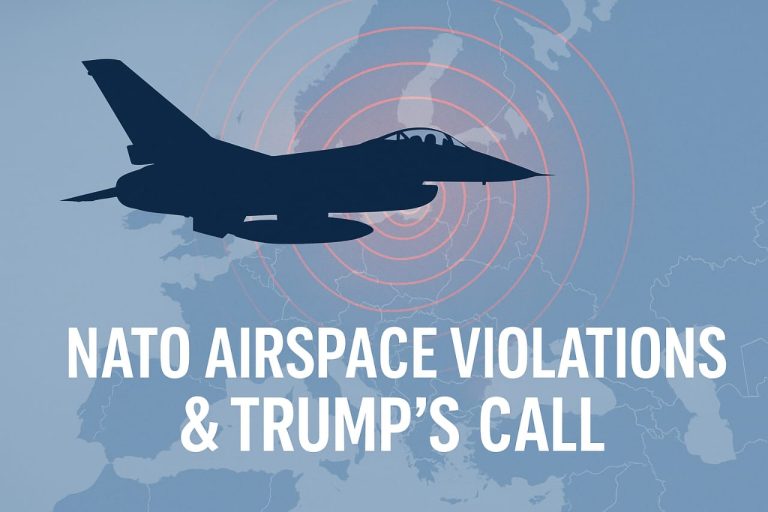Donetsk Water Crisis and the Canal at the Heart of the Conflict
The war in Ukraine continues to evolve beyond the battlefield, now reaching into the most basic of human needs water.
In Russian-held Donetsk, a growing crisis has emerged as Ukraine successfully defends a key canal that once supplied the region.
The struggle for this water lifeline highlights not only the intensity of the conflict but also the humanitarian costs for civilians trapped in occupied territory.
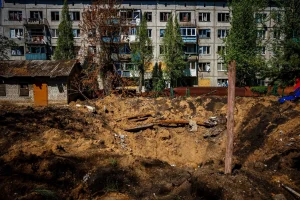
The Vital Canal Ukraine Still Controls
Before the full-scale invasion, Donetsk’s water supply heavily depended on a canal system originating in Ukrainian-controlled territory. Despite repeated Russian attempts to seize this infrastructure, Ukraine has maintained firm control.
As a result, Donetsk’s occupation authorities are unable to secure stable access to clean water, leaving hundreds of thousands of residents vulnerable.
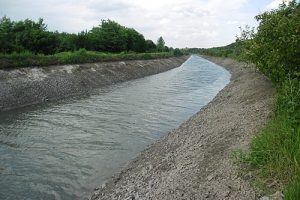
This canal has become a strategic prize. For Kyiv, holding it denies Moscow a crucial advantage. For Russia, capturing it would not only ease civilian hardships in occupied areas but also serve as a propaganda victory.
The fact that it remains out of reach underscores Ukraine’s resilience and the challenges Russian forces face in sustaining their hold over the Donbas.
A Humanitarian Emergency Unfolding
The absence of a reliable water supply has placed daily life in Donetsk under immense strain. Reports indicate that residents are forced to rely on rationing, trucked-in deliveries, or contaminated local sources.
Hospitals and schools face severe disruptions, while households endure long waits for basic access to drinking water.
Beyond inconvenience, this shortage poses grave health risks. Outbreaks of waterborne diseases become more likely as hygiene deteriorates, further compounding the suffering of civilians already caught in a grinding war.
The situation demonstrates how infrastructure becomes both a weapon and a casualty in modern conflict.
Strategic and Political Implications
For Ukraine, the ability to deny water access highlights the effectiveness of defending critical infrastructure. This not only weakens Russia’s grip over Donetsk but also showcases Kyiv’s ability to resist beyond conventional fighting.
For Russia, however, the crisis exposes the limitations of its occupation and could fuel discontent among residents, many of whom already face economic hardship.
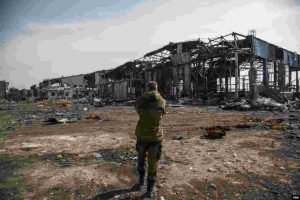
Internationally, the Donetsk water crisis could draw attention to the wider humanitarian toll of the war.
Aid organizations are likely to increase calls for humanitarian corridors and pressure on Moscow to address civilian needs in areas under its control.
Conclusion
The struggle over Donetsk’s water supply shows how the Ukraine war extends far beyond the front lines. As long as Ukraine holds the canal, Russian-occupied Donetsk will remain parched, symbolizing both the resilience of Kyiv’s defense and the fragility of Moscow’s occupation. The crisis may not make daily headlines, but for the people of Donetsk, it defines survival.





